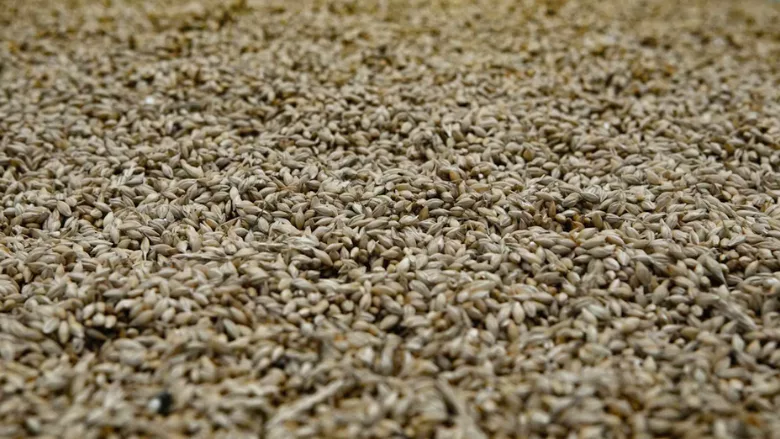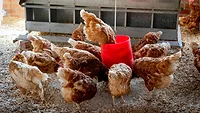Researchers Achieve Significant Reduction of Mycotoxins on Grains Using Cold Plasma Treatment

Image credit: Amit Lahav via Unsplash
Researchers at the University of Alberta have discovered a way to significantly reduce mycotoxin contamination of grains—plasma treatment.
According to the research team, it is estimated that 25 percent of agricultural commodities are contaminated with mycotoxins annually. Mycotoxins are harmful to human and animal health, known to increase the risk of cancer and damage to the lung, brain, and kidney. The contaminants are also resistant to thermal treatment, making their presence in grains difficult to remove; at present, there is not an effective method for decontamination.
In their study, the University of Alberta researchers explored the ability of atmospheric cold plasma (ACP) technology to eliminate the occurrence of mycotoxins in cereal grains and their products. ACP contains highly reactive components that can deactivate or reduce the presence of toxins on the surface of grains. The team tested plasma—in both ionized gas and liquid forms—against barley and wheat grains contaminated with zearalenone and deoxynivalenol, two mycotoxins that are prevalent in Canada.
ACP treatment was seen to lower the levels of the two toxins by 54 percent. In the future, further optimization of treatment conditions (e.g., plasma type and application time) could greatly improve the results.
The treatment process was also rapid, with times ranging from one minute to one hour, and the researchers underscore that ACP technology is both chemical sanitizer-free and sustainable, as only air is required to make cold plasma gas. Furthermore, plasma does not leave residues on grains.
Additionally, University of Alberta researchers have developed a patent-pending plasma-steeping technology for the barley malting industry, which involves steeping barley in plasma-activated water, and successfully lowers the presence of deoxynivalenol in the grain. Interestingly, the plasma-steeping technology was also seen to improve seed germination by 10–13 percent by changing seed surface properties to better absorb water absorption. Moreover, the water used for steeping is decontaminated by the plasma and could potentially be reused for food processing. The plasma-steeping technology is open to licensing through the University of Alberta.
Ongoing work at the University of Alberta regarding food safety applications of cold plasma includes the exploration of scaling up the technology for reducing the presence of foodborne pathogens like Escherichia coli and Salmonella.
Looking for quick answers on food safety topics?
Try Ask FSM, our new smart AI search tool.
Ask FSM →








